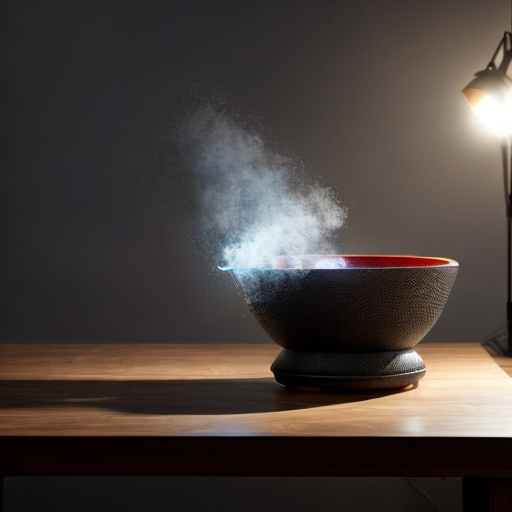So, you've decided to dive into the wonderful world of woodworking, huh? Well, buckle up, my friend, because today we're going to talk about the Fletcher Table - a versatile woodworking tool that will make your projects a breeze. Now, before you start scratching your head and wondering if this table has anything to do with Tom Fletcher from that boy band, let me clarify. The Fletcher Table is not about serenading teenage girls; it's about creating masterpieces with wood. This magical contraption is like the Swiss Army knife of woodworking, capable of performing a multitude of tasks. From precise cuts to flawless joinery, the Fletcher Table has got your back. So, grab your tools, put on your safety goggles, and let's embark on a woodworking adventure that will leave you feeling like a true craftsman.
An interesting fact about making a Fletcher table is that it was originally invented by a British engineer named Percy Fletcher during World War II. Fletcher designed the table to be used in military aircraft factories for assembling and aligning aircraft wings. The unique feature of the Fletcher table is its ability to rotate and tilt, allowing workers to easily position and align large and heavy wing components during the manufacturing process. Today, Fletcher tables are still widely used in the aerospace industry for precision assembly and alignment of aircraft components.
Alright, fellow woodworking enthusiasts, it's time to get down to business and gather the materials and tools you'll need for your Fletcher Table project. First things first, you'll need a sturdy workbench to serve as the foundation for your masterpiece. Next, gather up some high-quality hardwood, like oak or maple, for the table's surface and legs. Don't forget to stock up on screws, wood glue, and sandpaper for those finishing touches. As for tools, you'll want to have a trusty circular saw, a drill with various bits, a tape measure, and a level to ensure everything is perfectly aligned. Oh, and let's not forget the most important tool of all - a sense of adventure and a willingness to get your hands dirty. So, roll up your sleeves, grab your shopping list, and let's get ready to bring your Fletcher Table dreams to life!

Now that you've gathered all your materials and tools, it's time to roll up your sleeves and dive into the construction of the base for your Fletcher Table. This step is crucial, as it will provide the sturdy foundation that will support your table for years to come. First, measure and mark the dimensions for your table legs on the hardwood. Using your trusty circular saw, carefully cut out the legs, ensuring they are all the same length. Next, it's time to create the aprons that will connect the legs and provide additional stability. Measure and cut the apron pieces, making sure they are the appropriate length to fit snugly between the legs. Now, it's time to assemble the base. Apply a generous amount of wood glue to the ends of the aprons and attach them to the legs, using clamps to hold everything in place. Once the glue has dried, reinforce the joints by drilling pilot holes and securing the pieces together with screws. Take a step back and admire your handiwork - you've just built the foundation of your Fletcher Table! But we're not done yet. Sand down any rough edges and give the base a thorough inspection to ensure it's sturdy and level. If adjustments are needed, don't be afraid to make them. Remember, precision is key in woodworking. So, grab your level, your sandpaper, and your determination, and get ready to move on to the next exciting step in building your Fletcher Table.
Fun fact: Did you know that making a fletcher table, which is used for arrow-making, requires a specific type of wood called fletching wood? This wood is traditionally obtained from the ash tree, as it has the ideal combination of strength and flexibility needed for crafting high-quality arrows. So, if you ever find yourself in need of a fletcher table, make sure to source some ash wood for an authentic and effective arrow-making experience!
Now that the sturdy foundation of your Fletcher Table is complete, it's time to turn our attention to crafting the tabletop and adding those finishing touches that will make your table truly shine. Begin by measuring and cutting the hardwood boards for the tabletop, ensuring they are all the same length and width. Lay them out on a flat surface, making sure the edges align perfectly. Apply wood glue to the edges and carefully join the boards together, using clamps to hold them in place until the glue dries. Once the tabletop is secure, it's time to sand away any imperfections and create a smooth, polished surface. Start with a coarse-grit sandpaper and gradually work your way up to a finer grit for a flawless finish. Don't forget to round off the edges for a more refined look. Finally, apply a protective finish, such as varnish or polyurethane, to enhance the natural beauty of the wood and provide durability. Allow the finish to dry completely before attaching the tabletop to the base. And just like that, you've created a stunning and functional Fletcher Table that will be the envy of all your woodworking friends. So, grab your sandpaper, your finish of choice, and let's put the final touches on your masterpiece!